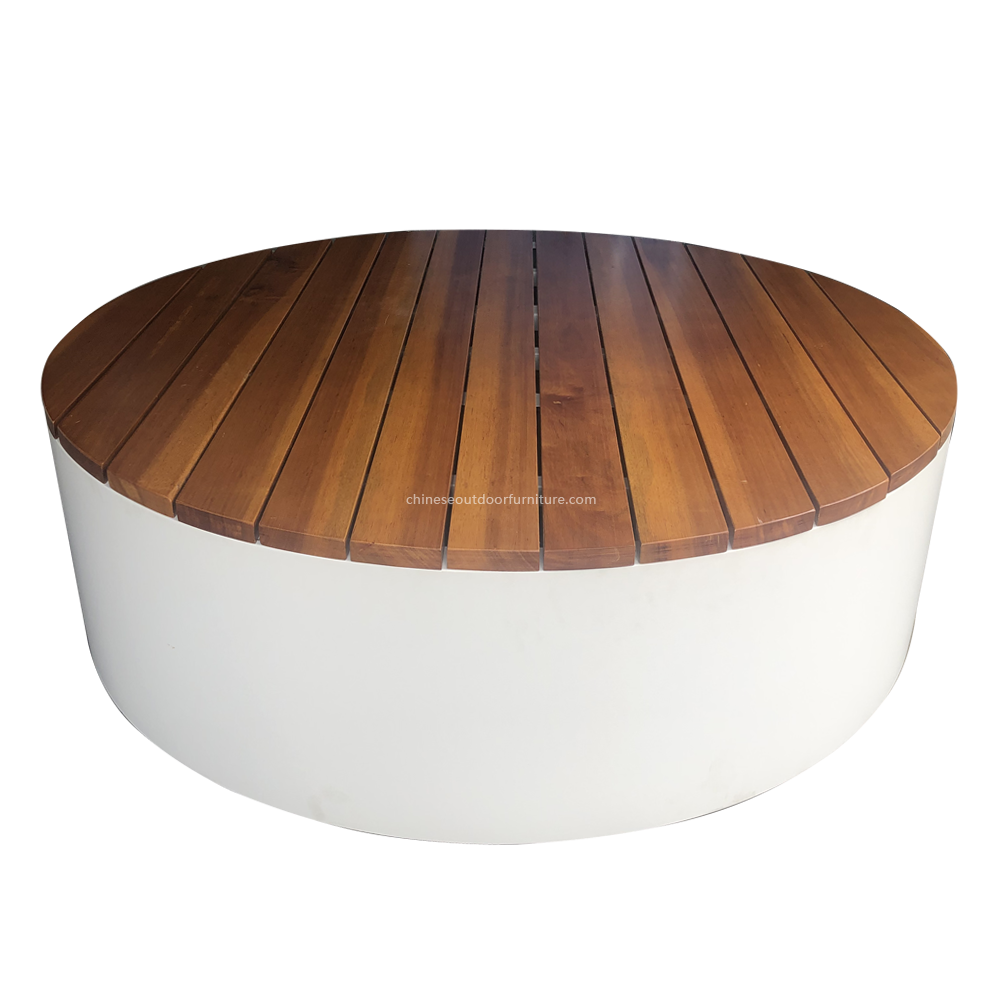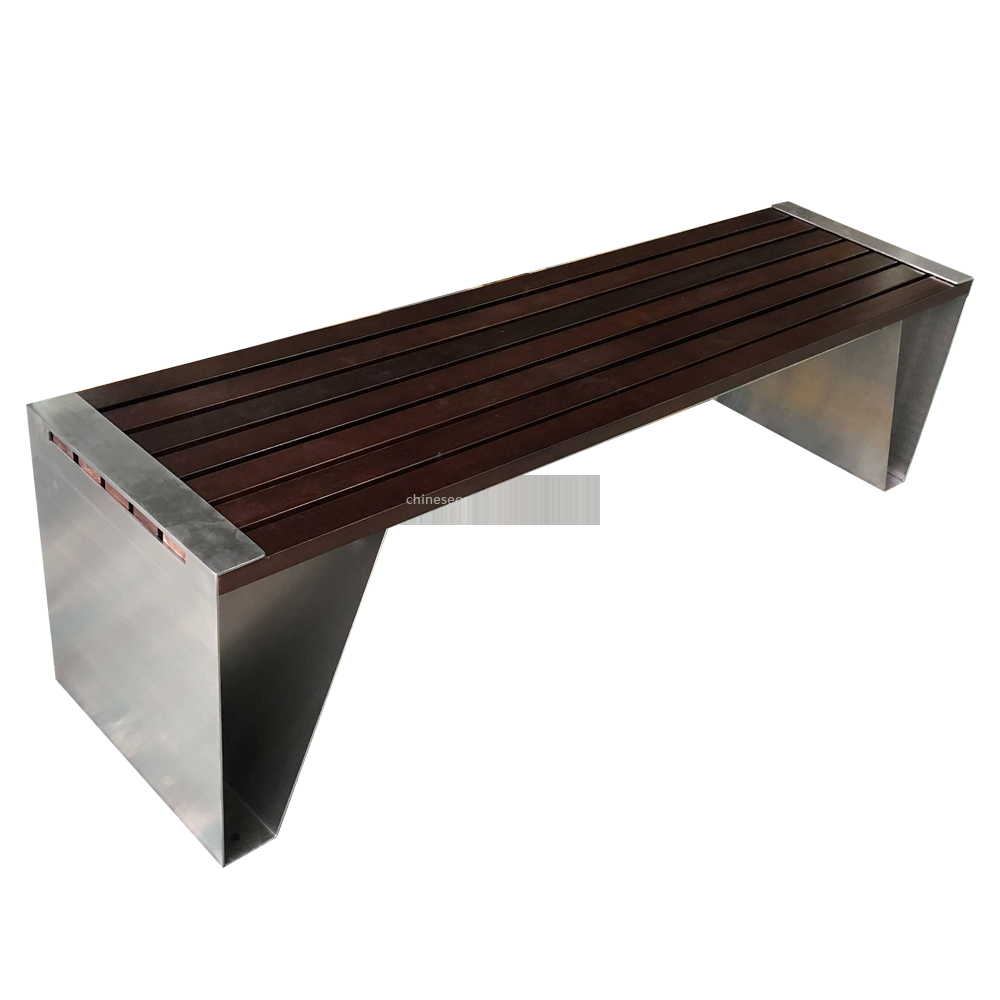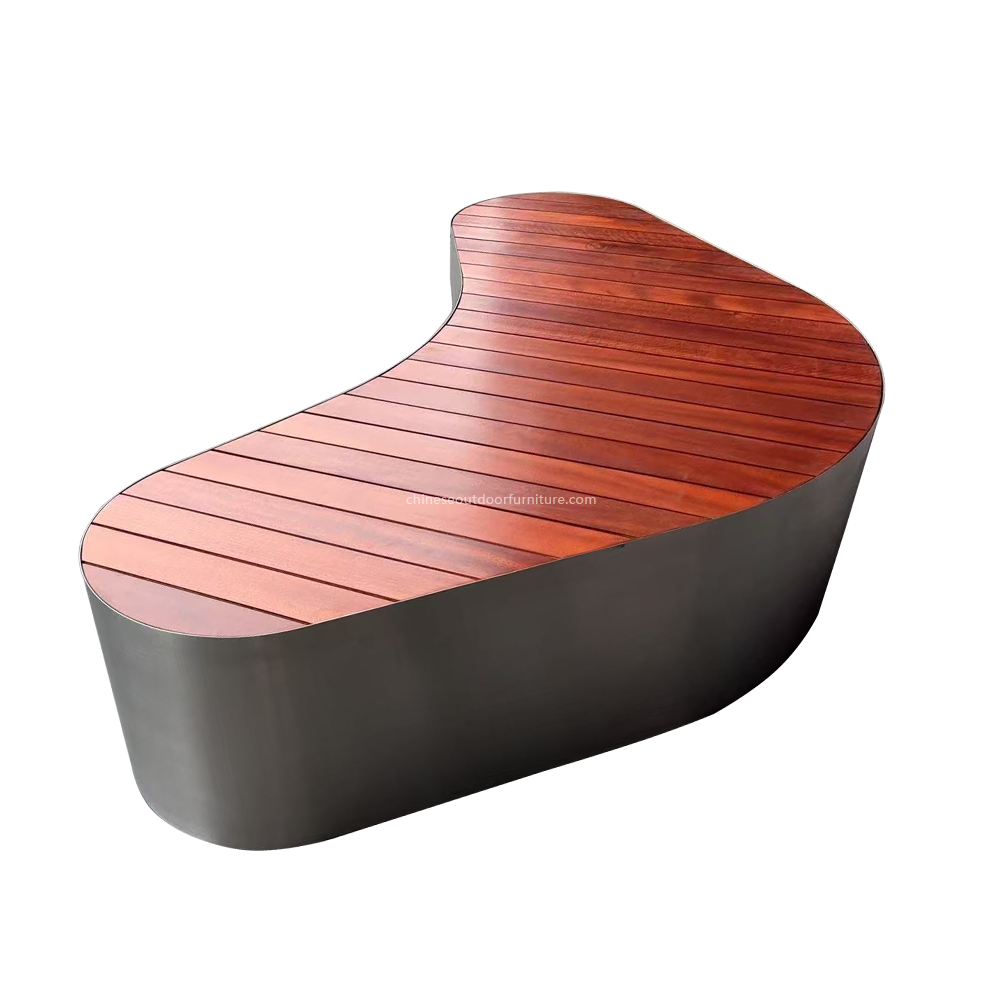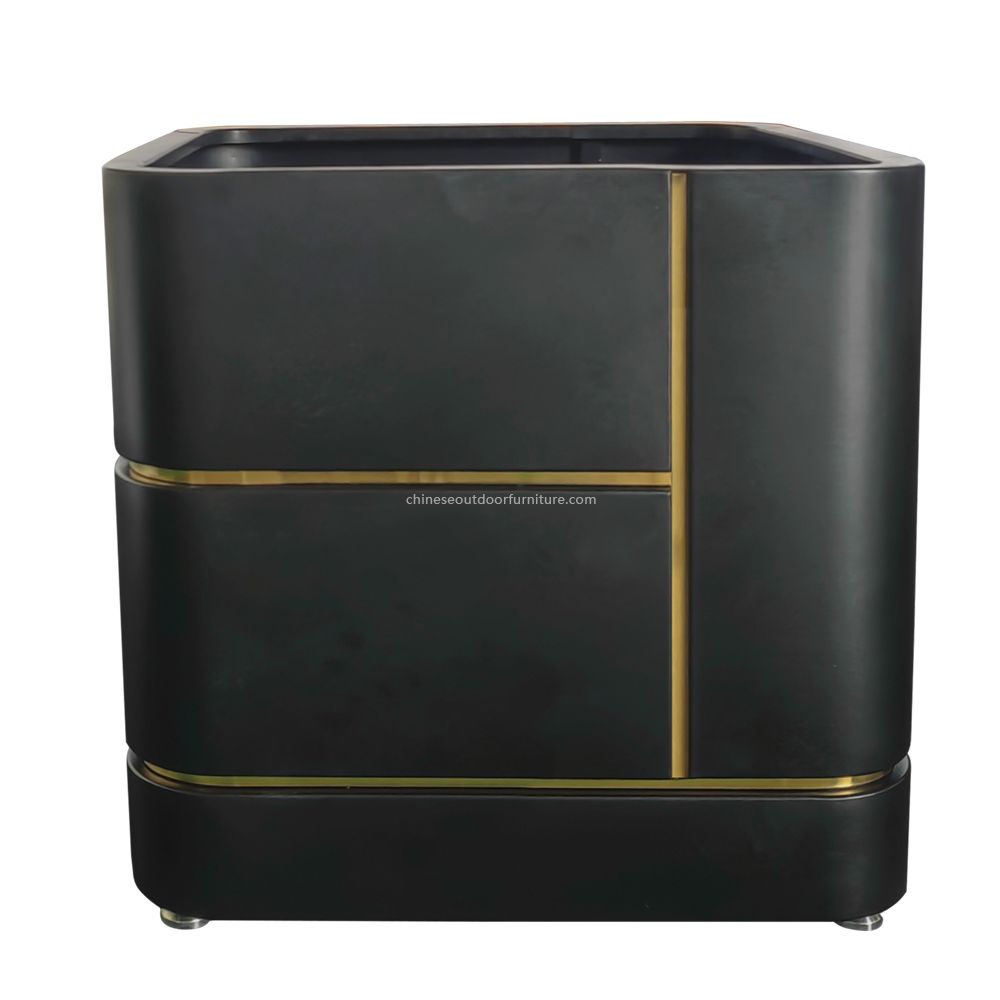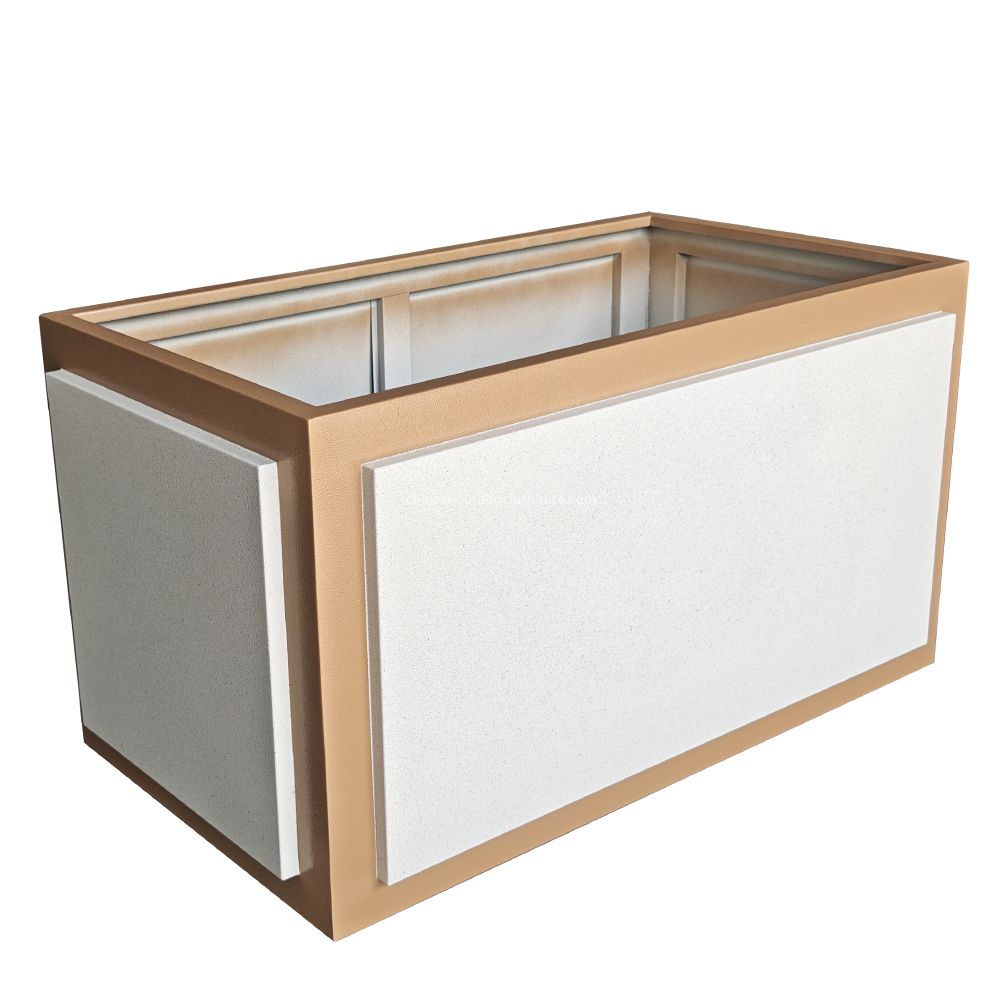Why are wrought iron outdoor chairs often used in historical property restorations?
Wrought iron outdoor chairs are frequently chosen for historical property restorations due to their durability, authenticity, and timeless aesthetic. These cha...
READ MORE...What are the differences in thermal expansion between cast iron and stainless steel?
Thermal expansion is a critical property in materials engineering, especially when selecting metals for high-temperature applications. Cast iron and stainless s...
READ MORE...How do powder-coated finishes on aluminum chairs resist chalking over time?
Powder-coated finishes on aluminum chairs are highly effective at resisting chalking over time due to their advanced formulation and application process. The po...
READ MORE...What are the effects of prolonged UV exposure on stainless steel outdoor chairs?
Prolonged UV exposure can significantly impact stainless steel outdoor chairs, leading to both aesthetic and structural changes. Over time, ultraviolet rays ma...
READ MORE...How does the design of aluminum outdoor chairs impact wind resistance?
The design of aluminum outdoor chairs plays a crucial role in their ability to withstand wind. Lightweight yet durable, aluminum chairs often feature streamline...
READ MORE...Why are cast iron outdoor chairs less common in earthquake-prone areas?
Cast iron outdoor chairs are less common in earthquake-prone areas due to several safety and practical concerns. Their heavy weight makes them hazardous during ...
READ MORE...What are the differences in sound resonance between hollow and solid metal chairs?
The sound resonance of metal chairs varies significantly depending on whether they are hollow or solid. Hollow metal chairs tend to produce a louder, more rever...
READ MORE...How do wrought iron outdoor chairs handle prolonged exposure to acidic rainwater?
Wrought iron outdoor chairs are known for their durability and classic aesthetic, but prolonged exposure to acidic rainwater can pose challenges. Acidic rainwat...
READ MORE...

